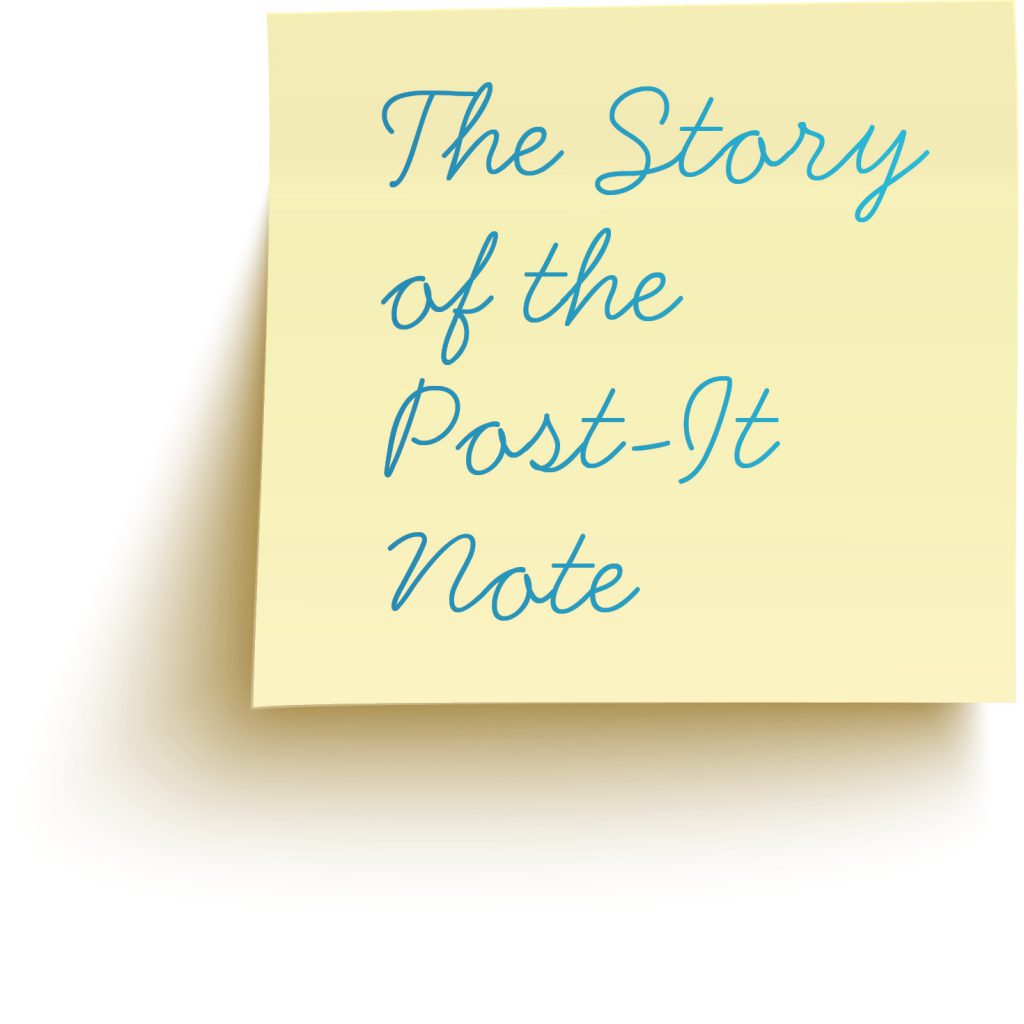The Story Of The Post-It Note
The story of Persistence behind a popular everyday tool.

post-it.com/3M/en_US/post-it/contact-us/about-us/
Dr. Spencer Silver, a 3M scientist, was busily researching adhesives in the laboratory. In the process, he discovered something peculiar: an adhesive that stuck lightly to surfaces but didn’t bond tightly to them. “It was part of my job as a researcher to develop new adhesives, and at that time we wanted to develop bigger, stronger, tougher adhesives,” said Silver. “This was none of those.”
What Silver discovered was something called microspheres, which retain their stickiness but with a “removability characteristic,” allowing attached surfaces to peel apart easily.
For years, Silver struggled to find a use for his invention. But that didn’t keep him from touting the merits of his creation to colleagues. “I came to be known as Mr. Persistent because I wouldn’t give up.”
Meanwhile, Art Fry, another 3M scientist, was frustrated. Every Wednesday night while practicing with his church choir, he would use little scraps of paper to mark the hymns they were going to sing in the upcoming service. By Sunday, he’d find that they’d all fallen out of the hymnal. He needed a bookmark that would stick to the paper without damaging the pages.
Thinking back to a seminar he’d attended on Silver’s microspheres, he had what he now refers to as his eureka moment. “The one where you get the adrenaline rush.” Partnering with Silver, they began developing a product. Once they found themselves writing messages on their new notes to communicate around the office, they realized the full potential of the idea.
“I thought, what we have here isn’t just a bookmark,” said Fry. “It’s a whole new way to communicate.” Fry decided to make 3M corporate headquarters his proving ground.
Fry supplied the entire company with the new adhesive notes. Employees loved them. 3M initially launched the product in four cities under the name Press ‘n Peel with mixed results. Marketers then decided to put the product directly into consumers’ hands. The massive sampling effort—known as the Boise Blitz because of its launch in Boise, Idaho—was a runaway success. Ninety percent of those who tried the product said they’d buy it.
The notes spread “like a virus,” said Fry. “It was always a self-advertising product because customers would put the notes on documents they sent to others, arousing the recipient’s curiosity. They would look at it, peel it off and play with it, and then go out and buy a pad for themselves.” Silver said that like many groundbreaking innovations, theirs was a product nobody thought they needed until they did.
Silver and Fry’s unsung hero eventually debuted in US stores as Post-it® Notes. Its now iconic Canary Yellow color was chosen by happenstance — a lab next door had only scrap yellow paper on hand.
“It’s not that I’m so smart, it’s just that I stay with problems longer.”
ALBERT EINSTEIN